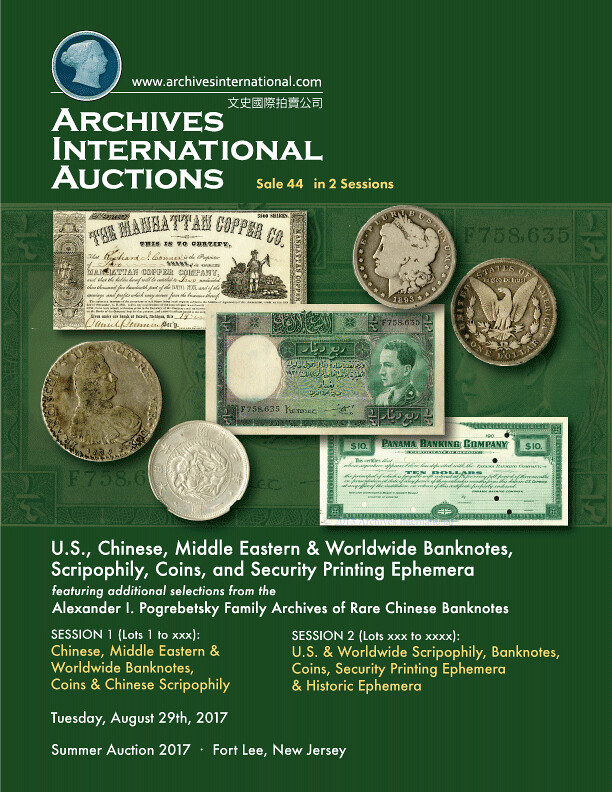
PREV ARTICLE
NEXT ARTICLE
FULL ISSUE
PREV FULL ISSUE
PLANNING FOR DIGITAL OBSOLESCENCEFormer Newman Numismatic Portal scanning manager Robert Manley, who moved on to a new position with the Washington University in St. Louis (WUSTL) library, appeared on a St. Louis
Public Radio program discussing the phenomenon of digital obsolescence, something all of us who depend on digital media need to be aware of. Thanks to Len Augsburger for forwarding this. Here's
an excerpt. -Editor
These artifacts help build a more complete story of the lives of those from yesteryear. Those stories are important on a personal and institutional level when it comes to collective memory. Which begs the question: what will happen to memories created in this era, the majority of which are stored in digital file formats? What will happen if files like mp3s, jpegs, gifs, tweets, Facebook posts and Word documents are no longer readable? Or the hardware to read such files is hard to access, as is the case with VHS tapes or LaserDisc? On Wednesday’s St. Louis on the Air, we discussed the idea of “digital obsolescence” and how librarians, archivists and digital media managers are tackling the problem. They also offer some ideas on how you can be sure your memories are accessible for the future that lies ahead. The first rule of digital preservation? "Replication. Redundancy. Planned migration," said Chris Martinez, the manager of media archives and digital assets for the Missouri History Museum. That means, create several version of the thing you want to save, keep the file in multiple places and remember to move files before the way of accessing the file becomes obsolete. "I think we are all going to become archivists and digital asset managers in the future," Martinez said.   Martinez and Manley Martinez joined the program alongside Robert Manley, the digital asset coordinator for Archives and Special Collections at Washington University, and Vernon Mitchell, the administrative lead for DocNow, the Andrew W. Mellon Foundation-funded project to archive and preserve 12 million tweets and social media posts from the Ferguson protests. Mitchell is based at Washington University, where he serves as the curator of popular and American arts for the Washington University Libraries. To read the complete article, see:  Wayne Homren, Editor The Numismatic Bibliomania Society is a non-profit organization promoting numismatic literature. See our web site at coinbooks.org. To submit items for publication in The E-Sylum, write to the Editor at this address: whomren@gmail.com To subscribe go to: https://my.binhost.com/lists/listinfo/esylum All Rights Reserved. NBS Home Page Contact the NBS webmaster 
|
